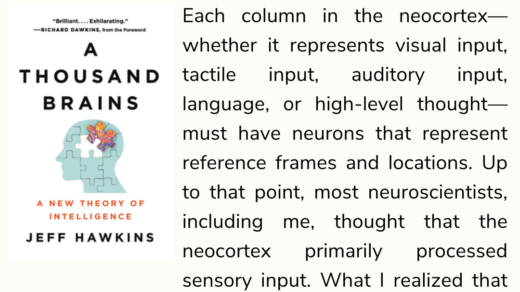For example, a study of 7,500 German households found that people who had sex more than four times a week earned 3.2% more than people who had sex only once a week. Sexual frequency and paycheck are correlated (slightly), but why? What’s the causal path? An article about the study that was published at Gawker.com featured this headline: MORE BUCK FOR YOUR BANG: PEOPLE WHO HAVE MORE SEX MAKE THE MOST MONEY. The headline suggested that A (sex) causes B (money), which is surely the best causal path to choose if your goal is to entice people to click on your article. But any social scientist presented with that correlation would instantly wonder about reverse causation (does having more money cause people to have more sex?) and would then move on to a third-variable explanation, which in this case seems to be the correct one. The Gawker story itself noted that people who are more extraverted have more sex and also make more money. In this case, a third variable, C (extraversion, or high sociability) may cause both A (more sex) and B (more money). Social scientists analyze correlations like this constantly (to the great annoyance of friends and family). They are self-appointed conversation referees, throwing a yellow penalty flag when anyone tries to interpret a correlation as evidence of causation. But a funny thing has been happening in recent years on campus. Nowadays, when someone points to an outcome gap and makes the claim (implicitly or explicitly) that the gap itself is evidence of systemic injustice, social scientists often just nod along with everyone else in the room. An outcome gap is a kind of correlation. But if someone quotes from a study or otherwise asserts that one group is overrepresented in a job category or that there is a gap in pay, often the implication is that being a member of one group caused members of that group to be preferentially hired or to be paid more. It would indeed be evidence of improper or illegal discrimination if there were no other reason for the outcome gap aside from group membership. For example, if someone notes that computer programmers at elite tech firms are mostly male, often the implication is that being male caused those employees to be more likely to be hired or promoted, which is obviously unjust if there are no other differences between male and female computer programmers. But are there other differences? Are there other causal pathways? If you suggest an alternative explanation for the gap, others may take you to be saying that the problem is not as severe as the speaker believes it is—and if anyone in the room is displeased by that suggestion, then you may be accused of committing a microaggression (specifically a “micro-invalidation”). If your alternative hypothesis includes the speculation that there could be differences in some underlying factor, some input that is relevant to the outcome (for example, a sex difference in how much men or women enjoy sports or computer programming), then you may be violating a serious taboo. In an article titled “The Psychology of the Unthinkable,” social psychologist Philip Tetlock calls this the use of “forbidden base rates.” But if this kind of thinking is forbidden and social scientists don’t work as hard to challenge the theories that are politically favored, then “institutionalized disconfirmation,” the process of challenging and testing ideas, breaks down. If professors and students are hesitant to raise alternative explanations for outcome gaps, then theories about those gaps may harden into orthodoxy. Ideas may be accepted not because they are true but because the politically dominant group wants them to be true in order to promote its preferred narrative and preferred set of remedies.At that point, backed by the passion and certainty of activists, flawed academic theories may get carried out of the academy and be applied in high schools, corporations, and other organizations. Unfortunately, when reformers try to intervene in complex institutions using theories that are based on a flawed or incomplete understanding of the causal forces at work, their reform efforts are unlikely to do any good—and might even make things worse.
Headlines asserting correlations as causation will end up only confounding the issue and mislead the conversation about how to actually solve issues. In this excerpt, the authors state that one of the biggest issues is how it the environment in campuses and schools might make it difficult for alternative theories to be proposed. And while we all might want to do good, we need to be able to take a critical eye to explore all alternative theories to illuminate the path for better outcomes.



